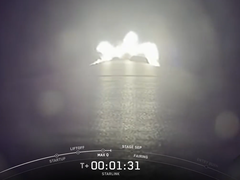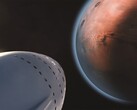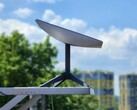SpaceX expanded its satellite broadband network with the launch of 24 Starlink V2 Mini satellites from Vandenberg Space Force Base in California on 14 August 2025. The Falcon 9 rocket lifted off at 1:05 a.m. EDT (0505 GMT) and deployed the satellites into a polar low Earth orbit. The mission marked the 144th landing of a Falcon 9 first stage on the droneship “Of Course I Still Love You” and continued the rapid build-out of the Starlink constellation, which now includes more than 7,760 operational satellites. The launch follows SpaceX’s recent expansion of service to Somalia and Israel, with additional Middle East markets pending regulatory approval.
Alongside the launch, Starlink has recently replaced its free pause feature with a paid “Standby Mode” that costs US $5 or €5 per month. This new option provides unlimited low-speed data at about 0.5 Mbps, which is sufficient for messaging and light email use but unsuitable for streaming or video conferencing. The change applies to Roam, Residential, and Priority customers in the United States, most of Europe, and Canada, although Enterprise and certain promotional accounts are exempt.
Previously, subscribers could pause service at no cost and resume full speeds instantly. With the new policy, users who cancel service instead of entering Standby Mode may be unable to reactivate their accounts if their service area is at capacity. The move has drawn particular frustration from owners of the portable Starlink Mini dish, many of whom purchased it for occasional or seasonal use. Paying US $60 annually for minimal connectivity is viewed by some as undermining the product’s original pay-as-you-go appeal.
The change also coincides with the removal of the US $10 Roam plan, which allowed light users to maintain service at lower cost. Once existing billing cycles end, subscribers will have to choose between the more expensive plans, the new Standby Mode, or complete cancellation. Any unused data blocks will not carry over if the account is placed in Standby, further limiting flexibility.




























